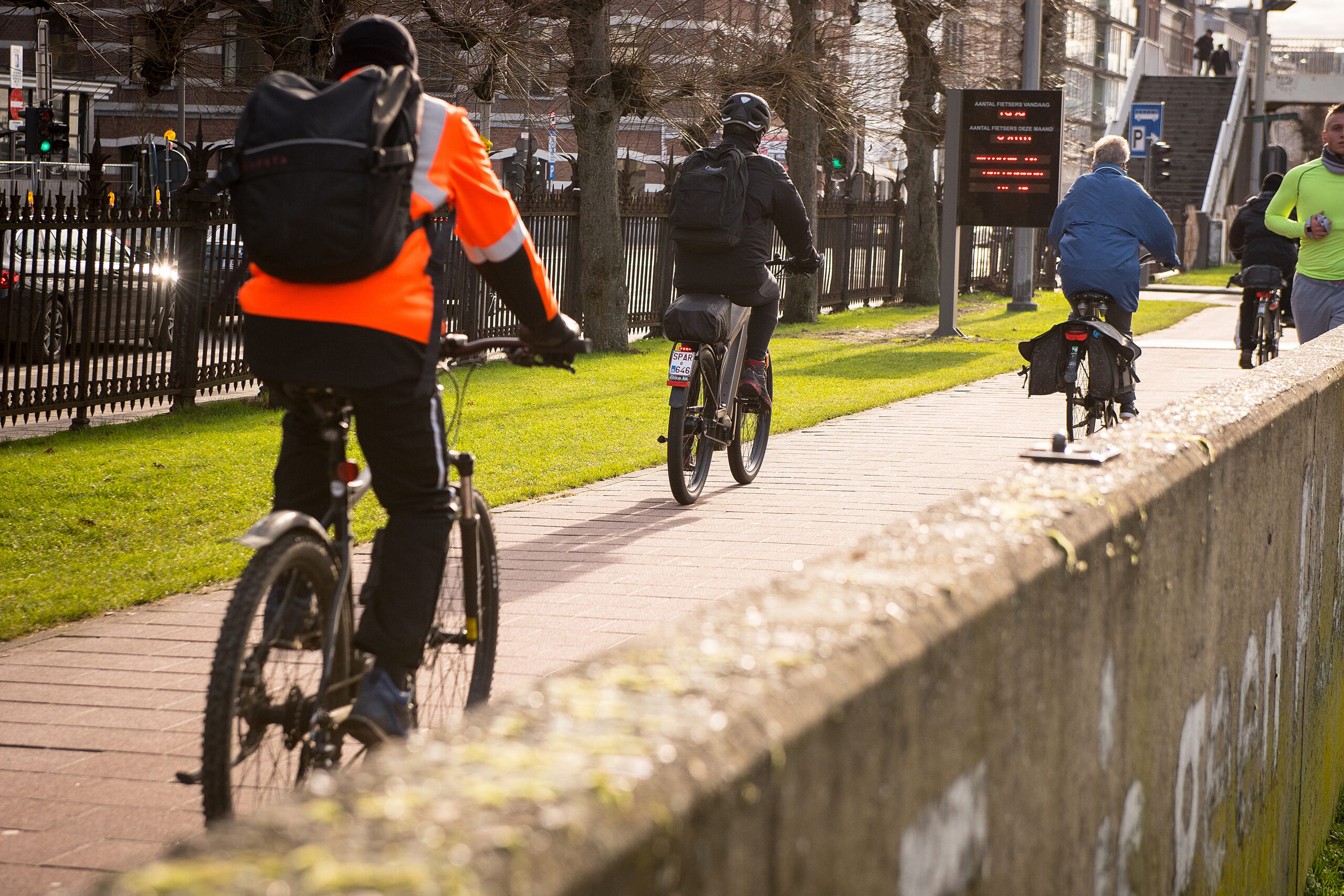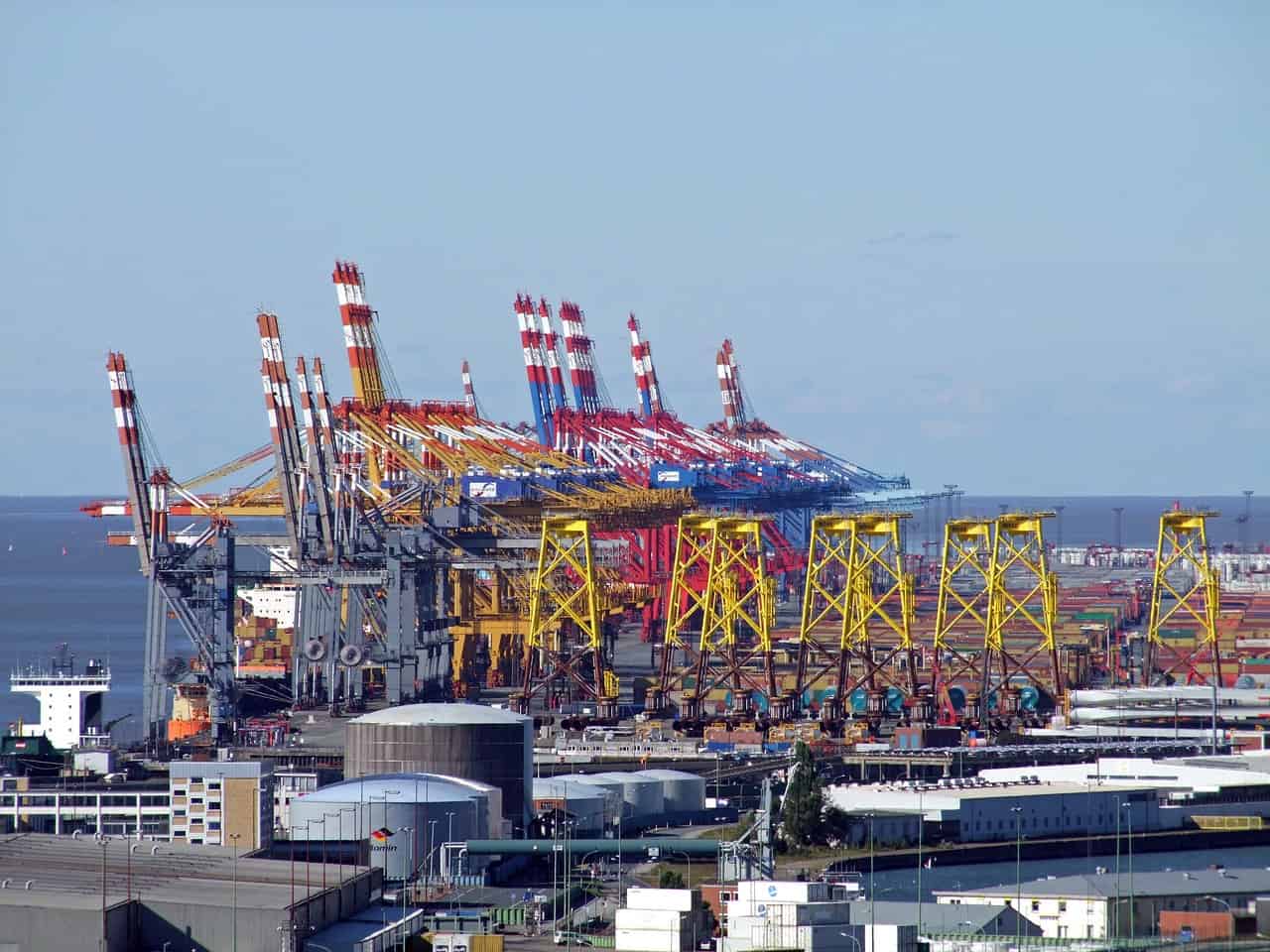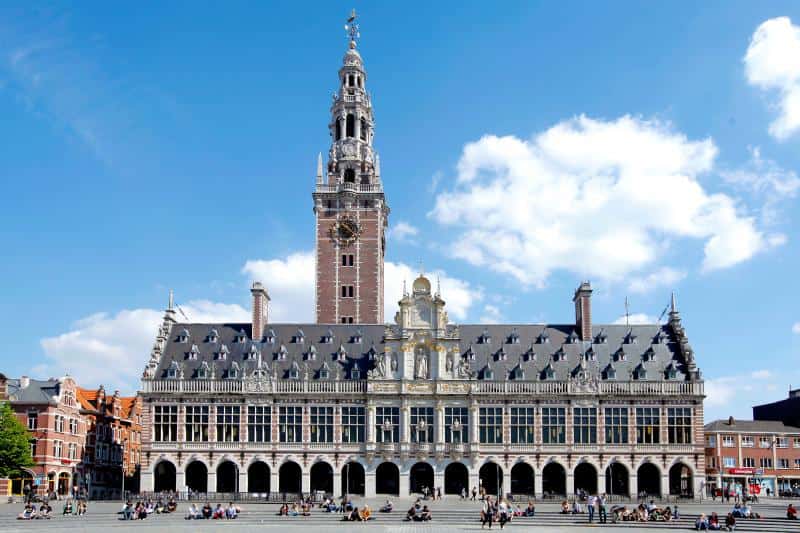
About Decarbonizing Europe
What does the Recovery and Resilience Facility entail?
The European Commission has made available an amount of 723.8 billion euros
to combat the consequences of the corona crisis and make Europe greener, cleaner, and future-proof. All member states have the opportunity to submit plans for disbursement from this Recovery and Resilience Facility.
Who is participating in the Recovery and Resilience Facility?
All the member states of the European Union. All member states? No, The Netherlands has not submitted plans as yet. Although, it became public knowledge at the end of January that hard work is going on behind the scenes in the Netherlands to secure some of those European billions.
What do the member states have to spend the money on?
At least 37 percent of the funding should be used for making their countries more sustainable and 20 percent for digitalization. In addition, there are also other key points:
– Smart, sustainable and inclusive growth
– Social and territorial cohesion
– Public health, economic, social, and institutional resilience
– Policy for future generations
What else is happening?
Apart from that, the EC has identified several so-called flagship areas:
– Power up
– Renovate
– Recharge and Refuel
– Connect
– Modernise
– Scale-up
– Reskill and upskill
What is Innovation Origins planning to do?
Over the next few months, we will be focusing on the implementation of these plans. We will be outlining what each country is doing to reduce CO₂ emissions, and we will be reporting on innovative projects. Infographics will allow you to compare the member states’ efforts with each other.
It seems like one of the most obvious solutions to the emissions problem: hop on your bike! Yet only 9 of the 26 member states have a serious approach to this in their corona recovery plan. Take Belgium, for example.
The construction of safe and user-friendly bike paths is an important aspect of the corona recovery plan. The three regions in the federal state of Belgium are putting considerable effort into the construction of new bike paths and upgrading existing ones. Flanders has announced that, together with the European funds, it is going to invest approximately 350 million euros each year in cycling infrastructure between now and 2026. These investments will increase the overall comfort and safety of cyclists. For example, there must be wider and separated bicycle paths, bicycle route networks and bicycle tunnels and bridges that ensure that cyclists can pass other traffic in a way that does not cause conflicts. All these investments should ensure that Belgian citizens will use their bikes for the trip to work, school or the gym.
This is being made particularly easy in the province of West Flanders. Sustainable means of transport are provided free of charge for the employees of companies, cities and municipalities. In addition to 40 electric bikes and 50 speed pedelecs, they can also try out 3 folding bikes and 3 bike trailers. Bus and train passes, ‘blue bikes’ and carpooling options are also part of the range of provisions. The trial period for each company is two weeks. In the meantime, 130 companies have already taken part, which means that 8,424 people have tried out these sustainable alternative means of transport.
Safe bike paths
A whole other aspect is that the plans also clearly call for consideration to be given to making cycle routes safer for women. “In general, we already see in Flanders a large number of men as well as women who cycle,” says Wout Baert, program manager at Fietsberaad Vlaanderen. “For short distances, we see more women than men. Often this is also to do with time management habits in families, and therefore not just to do with the perception about the safety of the infrastructure. But it is definitely true that the presence of women and young children along a bicycle route is often a good indication of safety.”
Even the battle against bicycle theft will be dealt with effectively by creating a central bicycle register for the entire country and by revising the priorities of the police and the judiciary in this area. Bicycles will be given a more prominent place within the Highway Code. Special attention will be paid to the combination of bicycles and trains and this will be promoted step by step. Railroad operator NMBS has come up with a brand new bicycle-train strategy and has been awarded for this by the European Cycling Federation in 2021. Within the public order services it is becoming easier for local police forces to set up bike brigades. And even the army is doing its bit by making barracks more accessible by bike.
Cycling highways
The other regional authorities are also doing their utmost. Over the coming years, the Walloon government is planning to build five cycling highways that will connect with Flemish cycle routes to Brussels. Huge investments are being made in the Brussels Region itself. Whereas the average length of bike paths increased by 20 kilometers during previous terms of government, now 50 kilometers of bike paths have already been added.

“Especially on arterial roads to Brussels, which is good for commuters,” says Pieter-Jan Desmet, spokesperson for Minister Elke Van Den Brandt (Groen!). “The aim is to expand that even further. Many existing bike paths are also being relaid and made more sustainable. It is also very important to make bike paths more women-friendly. The cycling population is still very male. We want to make it as inclusive as possible. We also want to put more effort into separate bike paths. We often start with painted lines on the road surface first, but then we turn it into a separate bike path. We are already seeing results. The number of cyclists has doubled.”
Speed
At the cyclists’ advocacy group Pro Velo, they appreciate the efforts of the Brussels Region. “Brussels is now improving the bicycle network. But not just by laying down bike paths,” says Jasmina Fiasse. “Brussels has been a zone 30 since January 1, 2021, with speeds limited to 30 km/h for motorized traffic. So that covers about 85 percent of all streets and roads in Brussels. At Pro Velo, we see that people in mixed traffic also need to learn how to cycle. Therefore, training, awareness and communication are extremely important. We notice that between 60 and 80 percent of the participants in our training courses are women. We see that women need to be reassured and coached to cycle in traffic. We also see that practice and experience are crucial to improve the sense of safety : women who have been cycling for a few years are not as scared as ‘new’ cyclists.”
Woman-friendly
Provelo believes that more women-friendly bike paths also need to be wide enough. This is important for parents with cargo bikes or fathers and mothers who are accompanying children. The bike paths should also be both comfortable and well-lit. “The layout of the intersections is also important,” Jasmina Fiasse thinks. “There must be enough room for cyclists to wait at an intersection. Other than that, things like, clear signposting, a standardized layout, etc. are of utmost importance. These measures also mean that the proportion of women cycling during the morning rush hour is on the rise. Perhaps the drop in motorized traffic during the pandemic is also a reason for this increase. But the fact that people do not want to use public transport also plays a part. I’ve noticed that the increase has been higher in the last 2 years than before 2020.”
VIAS, a Belgian knowledge center that promotes road safety, emphasizes that a safe cycling infrastructure is something for everyone. “Road safety is the most important issue,” says Annelies Develtere of VIAS. “Women feel more unsafe while cycling than men do, according to a study by the mobility services. Therefore, it is extremely important for women that cycling infrastructure be made socially safe with well-lit bicycle paths, cycling highways with tunnels, etc. A well-maintained, separate bike path can help promote cycling. A 30 zone is also an important measure to limit speed and increase road safety levels. This is how you give more space to other modes of transport.”
Commuter traffic
Flemish cities are also making investments. Over 15 kilometers of bicycle streets have been added in Antwerp since the summer of 2020. These were laid out in such a way that they form a logical connection to traverse the districts. “Initially this was done with a temporary layout, which is now gradually being replaced by a permanent layout,” says alderman for mobility Koen Kennis. ” That way, we are always increasingly making things easier for commuter traffic.” On the one hand, the city of Antwerp wants to expand the bicycle infrastructure with new bike paths. On the other hand, it is also investing in upgrading the existing infrastructure. “We are doing that on the one hand by clearing missing links, i.e. interlinking bike paths in a more logical way so that they bolster the network,” says Koen Kennis. “We also want to improve them, for example by upgrading and widening the surface.”
“Making two-way traffic on bike paths easier is also part of this. Of course we are also looking at improvements in the design of intersections and the regulation of lighting systems, specifically for cyclists. In order to serve the growing number of cyclists, we are also systematically investing in signposting, specifically for cycling routes, and in bike parking facilities, both public parking and neighborhood parking. The number of cyclists is increasing among both residents and visitors to the city. Our publicity campaigns on mobility in the city also consistently focus on encouraging people to leave their cars for bikes, with an eye on the modal shift in Antwerp.”
Antwerp also gets employers and employees involved in its bicycle policy. Smart ways to Antwerp has a program that helps companies to make their commuting as sustainable as possible. A total of 127 companies have already joined, accounting for almost 70,000 employees. The city council is pleased with the international recognition that Antwerp is receiving as a bicycle city – for example, the 4th place in the Copenhagenize Index – but realizes that it is a continual effort. Antwerp makes no distinction between female and male cyclists.
Bruges
Bruges is also one of the few city centers that made a conscious decision in the 1960s and 1970s not to bring any modernist car infrastructure to the heart of the city, but instead chose a revolutionary circulation plan. Bruges also consistently opted for a qualitative design in its bicycle policy, as demonstrated by the choice of a Vesten route in the 1990s, incorporated into De Vesten nature reserve.
“Even in the 21st century we are still committed to this choice for a valorization of the soft values of the city. That is why the study of the Bruges city cycling route FR30 deliberately adopted the baseline “less speed more city” to emphasize that a bicycle policy is more than merely a focus on speed in a masculine competitive sense or a reflex against the car. In concrete terms, we thereby elected to anchor that FR30 to the historic and blue-green axes (canals and ramparts) of the historic city boundaries.”

Provinces
When formulating the 2020-2025 multi-year planning, the province of West Flanders doubled the investment budget for cycling infrastructure to 40 million euros. Last year, 11 projects involving bike paths were undertaken. There are 16 on the program for 2022. Most of these projects involve the construction of separate bike paths, i.e. clearly separated from the roadway for cars.
The province has also built the network of cycling highways between urban areas and economic hubs. The cycling highways are mainly located around major axes, such as waterways and railroads. Currently, the province is in the process of building a safe cycling highway along the N34 (Koninklijke Baan) on the coast. In addition, the province is also committed to sustainable commuter traffic.
Support us!
Innovation Origins is an independent news platform that has an unconventional revenue model. We are sponsored by companies that support our mission: to spread the story of innovation. Read more.
At Innovation Origins, you can always read our articles for free. We want to keep it that way. Have you enjoyed our articles so much that you want support our mission? Then use the button below:








